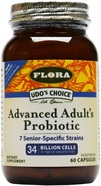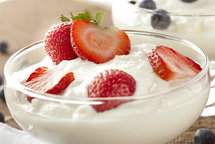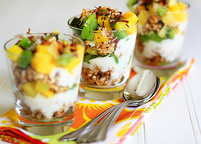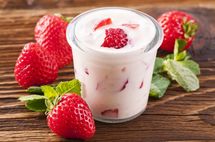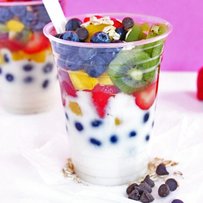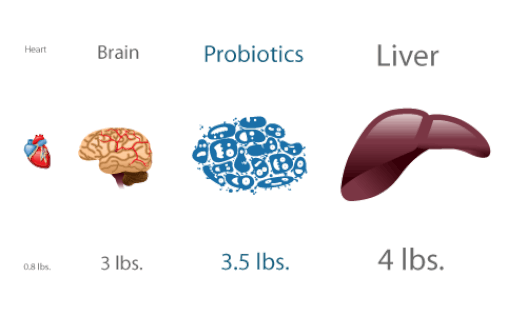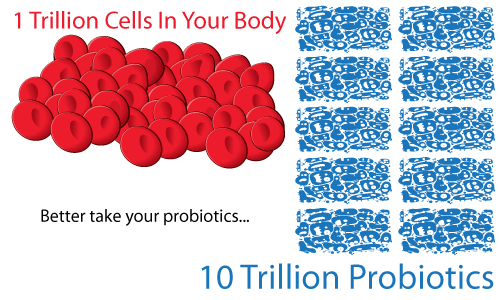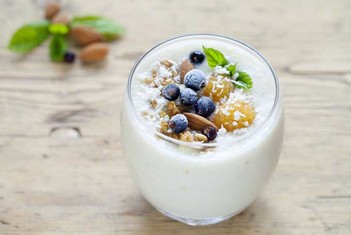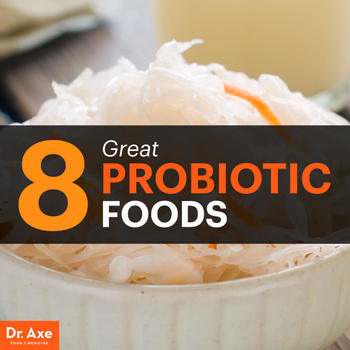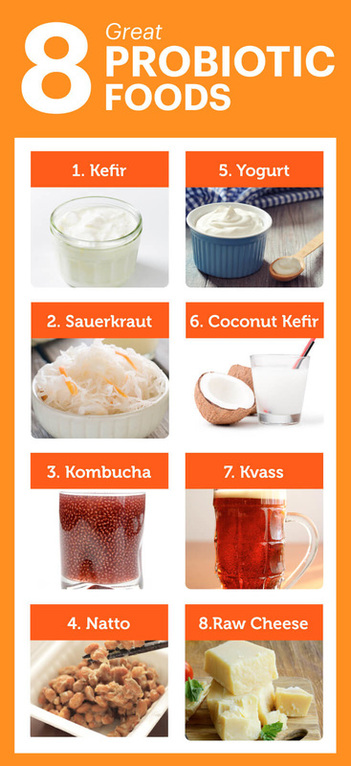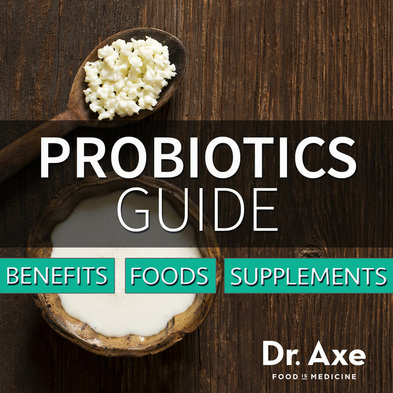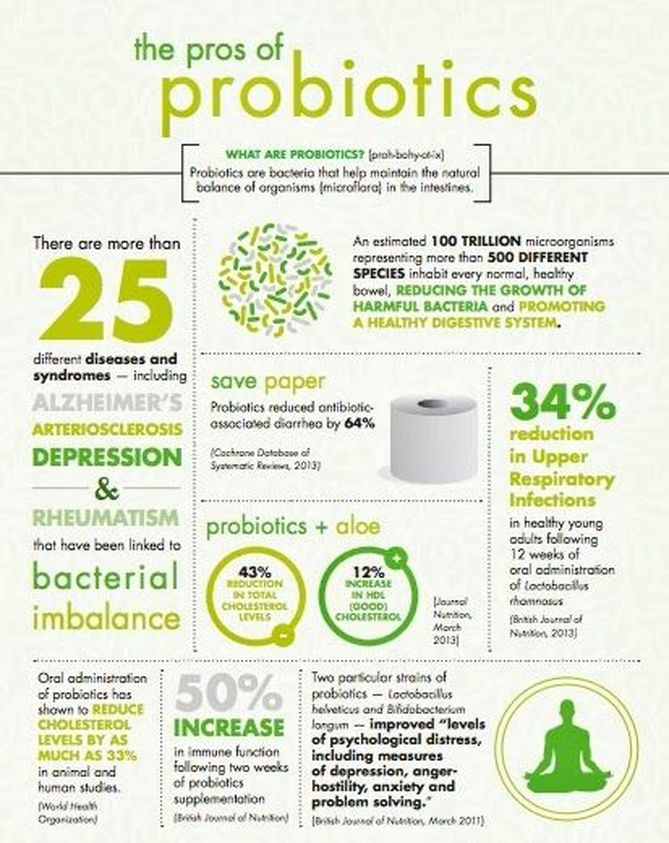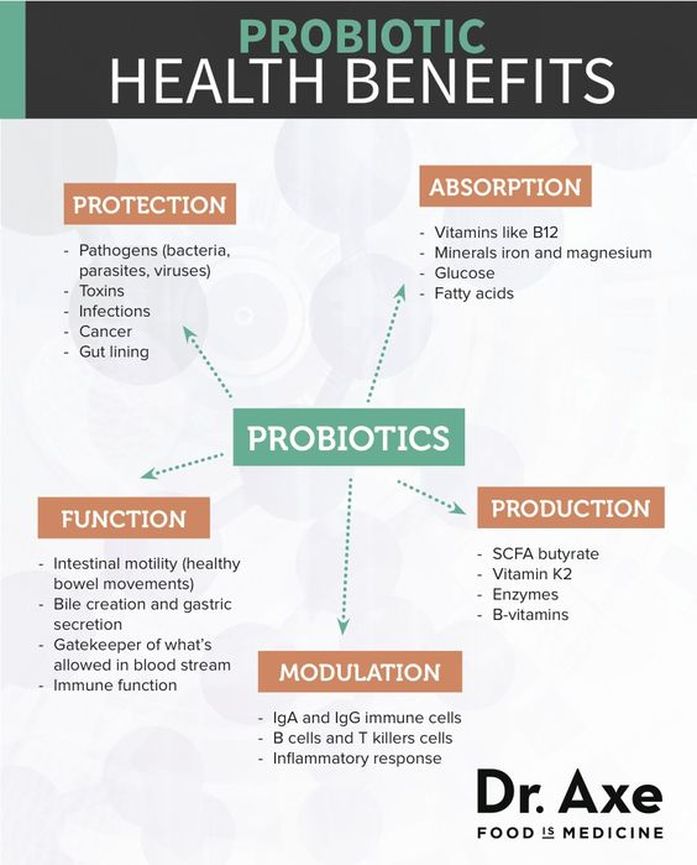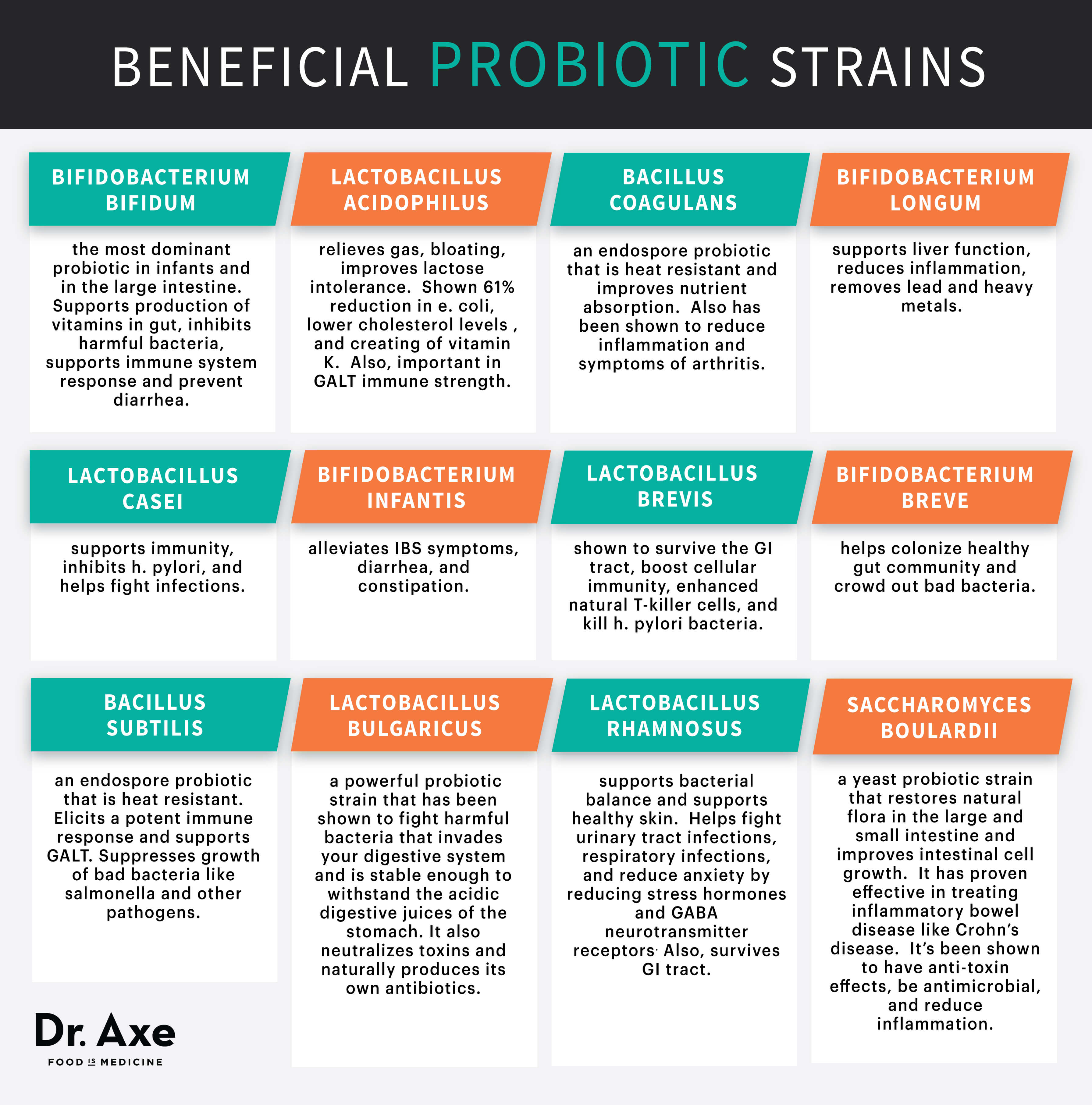How to Make
Coconut Yogurt
Coconut Yogurt
Coconut Yoghurt
Here's how we make coconut yogurt from medium maturity green coconuts on Oahu (Hawaii). Check out Fruit Living Youtube Channel to see more great videos
from my fruitarian friend Ted Carr who made this video for me.
from my fruitarian friend Ted Carr who made this video for me.
2 + / - cups coconut water.
Medium mature coco meat from 2 coconut.
2 capsule of probiotic. See the picture below.
Blend on high for 45 seconds.
Pour it into a bowl and cover the bowl.
Let sit out on the counter at room temperature for 14 - 18 hours.
Put in the fridge after that.
Medium mature coco meat from 2 coconut.
2 capsule of probiotic. See the picture below.
Blend on high for 45 seconds.
Pour it into a bowl and cover the bowl.
Let sit out on the counter at room temperature for 14 - 18 hours.
Put in the fridge after that.
The Advantages of Coconut Yogurt
by SARA IPATENCO
http://www.livestrong.com/article/185769-which-brands-of-bread-are-vegan/
by SARA IPATENCO
http://www.livestrong.com/article/185769-which-brands-of-bread-are-vegan/
Traditional yogurt, made with cow's milk, is off-limits to those with milk allergies or lactose intolerance.
Coconut yogurt is a healthy alternative that's made with coconut milk instead. In addition to being dairy free, coconut yogurt also supplies several key vitamins and minerals and can have live and active cultures just like milk-based yogurts.
Calories and Fat A 6-ounce serving of unsweetened coconut yogurt contains 75 calories and 6 grams of fat, of which about 5 are saturated.
Flavored coconut yogurts contain more calories and fat. For example, 6 ounces of the chocolate flavor contains 170 calories and 7 grams of fat, of which 5 are saturated, while the mango flavor has 130 calories and 6 grams of saturated fat.
Much of the saturated fat in coconut yogurt is in the form of medium-chain triglycerides, which can help control weight, reduce the risk of atherosclerosis and boost immunity, according to a 2013 article in "Nutrition Review."
Fiber Facts
Six ounces of unsweetened coconut yogurt has 6 grams of fiber, which is 24 percent of the 25 grams women need each day and 16 percent of the 38 grams men require. The other variety has 3 grams of fiber and mango has 2 grams. Some types of Greek coconut yogurt, which is strained to make it thicker and creamier than regular yogurt, contain more fiber with 8 grams per 6-ounce serving. Fiber promotes normal digestion and can cut the risk of constipation.
Protein Information
Compared to cow's milk yogurt, coconut yogurt contains less protein per serving. A 6-ounce serving of unsweetened coconut yogurt doesn't have any protein while the flavored varieties contain about
1 gram per serving.
The exception is Greek coconut yogurt, which contains about 2 grams of protein per 6-ounce serving. That's about 4 percent of the 46 grams of protein women need each day and about
3.5 percent of the 56 grams men require.
Sugar and Sodium
Unsweetened coconut yogurt doesn't contain added sugar, and the amount in flavored coconut yogurt can vary. A 6-ounce serving of chocolate coconut yogurt has 23 grams of sugar, and the same amount of strawberry has 18 grams.
Keeping your sugar intake low is one way to prevent unhealthy weight gain and reduce your risk for diseases, including type 2 diabetes and heart disease.
Coconut yogurt is low in sodium, with the exception of Greek varieties, which can contain as much as 140 milligrams of sodium per 6-ounce serving. That's about 9 percent of the 1,500 milligrams the American Heart Association recommends as a daily upper limit.
Vitamins and Minerals
Coconut yogurt is a good source of bone-building calcium with between 25 and 30 percent of the daily value in each 6-ounce serving.
You'll also get between 25 and 30 percent of the daily value for magnesium, a mineral essential for muscle function.
A serving of coconut yogurt supplies between 25 and 30 percent of the daily value for vitamin B-12, crucial for red blood cell production, and vitamin D, vital for calcium absorption.
What Are Probiotics?
https://draxe.com/probiotics-benefits-foods-supplements/
Probiotics are bacteria that line your digestive tract and support your body’s ability to absorb nutrients and fight infection.
There are actually 10 times more probiotics in your gut then cells in your body!
Your skin and digestive system by themselves host about 2,000 different types of bacteria.
Probiotic benefits have been proven effective in supporting immune function and healthy digestion, as well as beautiful skin.
Your good gut bacteria is also responsible for:
Probiotics have been in our systems right from the moment that we stepped into the world.
When a newborn is in the birth canal of the mother during delivery, that’s when the baby is exposed to the bacteria of his or her mother for the first time.
This event starts a chain of events inside the baby’s GI tract, and the infant’s GI tract starts to produce good bacteria.
Most people, including children, are in need of a probiotic boost due to the use
of prescription medication particularly antibiotics as well as high carbohydrate diets,
the consumption of chlorinated and fluoridated water,
and conventional foods such as non-organic meat and dairy that contain antibiotic residues.
These chemicals kill off probiotics in your system,
which over time will damage your digestive tract
https://draxe.com/probiotics-benefits-foods-supplements/
Probiotics are bacteria that line your digestive tract and support your body’s ability to absorb nutrients and fight infection.
There are actually 10 times more probiotics in your gut then cells in your body!
Your skin and digestive system by themselves host about 2,000 different types of bacteria.
Probiotic benefits have been proven effective in supporting immune function and healthy digestion, as well as beautiful skin.
Your good gut bacteria is also responsible for:
- Producing vitamin B-12, butyrate and vitamin K2
- Crowding out bad bacteria, yeast and fungi
- Creating enzymes that destroy harmful bacteria
- Stimulating secretion of IgA and regulatory T Cells
Probiotics have been in our systems right from the moment that we stepped into the world.
When a newborn is in the birth canal of the mother during delivery, that’s when the baby is exposed to the bacteria of his or her mother for the first time.
This event starts a chain of events inside the baby’s GI tract, and the infant’s GI tract starts to produce good bacteria.
Most people, including children, are in need of a probiotic boost due to the use
of prescription medication particularly antibiotics as well as high carbohydrate diets,
the consumption of chlorinated and fluoridated water,
and conventional foods such as non-organic meat and dairy that contain antibiotic residues.
These chemicals kill off probiotics in your system,
which over time will damage your digestive tract
The Top 7 Probiotic Killers include:
In order to improve your gut flora balance, make sure to avoid the probiotic killers. We are exposed to many of these foods, toxins and stressors on a daily basis, and if you’re going to restore your digestive health, they must be addressed.
If they’re not addressed, your gut micro-organisms become imbalanced and your system can become a breeding ground for bad bacteria, yeast, viruses, fungi and parasites.
The only way to fix this issue and heal your gut is to eliminate the foods that feed bad bacteria and to start consuming probiotic-rich foods and supplements
- Prescription Antibiotics
- Sugar
- Tap Water
- GMO Foods
- Grains
- Emotional Stress
- Chemicals and medications
In order to improve your gut flora balance, make sure to avoid the probiotic killers. We are exposed to many of these foods, toxins and stressors on a daily basis, and if you’re going to restore your digestive health, they must be addressed.
If they’re not addressed, your gut micro-organisms become imbalanced and your system can become a breeding ground for bad bacteria, yeast, viruses, fungi and parasites.
The only way to fix this issue and heal your gut is to eliminate the foods that feed bad bacteria and to start consuming probiotic-rich foods and supplements
20 Probiotic Benefits Proven by Research
The strongest evidence to date finds that probiotic benefits include:
The strongest evidence to date finds that probiotic benefits include:
- boosting immune system
- prevent and treat urinary tract infections
- improve digestive function
- heal inflammatory bowel conditions like IBS4
- manage and prevent eczema in children
- fight food-borne illnesses
- reduce flu and colds
- reduce overuse of antibiotics
- treat kidney stones
- treat colic
- prevent cavities and gum disease
- treat colitis and Crohn’s disease
- combat antibiotic-resistant bacteria
- treat liver disease
- battle cancer5
- manage autism
- lower cholesterol
- fight bacteria that causes ulcers
- improve acne
- lose weight
21 Amazing Facts About Probiotics
1) Probiotics In Our Body Outweigh Our Brain
The typically human brain weights about 3 pounds, and a healthy human body will have over 3.5 pounds of probiotic bacteria and organisms (according to Casey Adams Ph.D.
The fact that our heart weights only 0.7 pounds, our liver weights about 4 pounds, makes our probiotic bacteria one of the largest organs in our body.
The typically human brain weights about 3 pounds, and a healthy human body will have over 3.5 pounds of probiotic bacteria and organisms (according to Casey Adams Ph.D.
The fact that our heart weights only 0.7 pounds, our liver weights about 4 pounds, makes our probiotic bacteria one of the largest organs in our body.
2) There Are 10 Times More Probiotics
Than Cells In Our BodyIn a healthy person, there are more than 100-300 Trillion probiotic bacteria and yeast, compared to only 10 trillion cells in our body.
According to Mary Ellen Sanders, if the bacteria in our body were laid end to end, they would encircle the globe 2.5 times.
Than Cells In Our BodyIn a healthy person, there are more than 100-300 Trillion probiotic bacteria and yeast, compared to only 10 trillion cells in our body.
According to Mary Ellen Sanders, if the bacteria in our body were laid end to end, they would encircle the globe 2.5 times.
Are you getting enough probiotic-rich foods in your diet? Chances are you’re probably not. Probiotics are essential for your digestive health, which most people already know.
But did you know there are hundreds of other health benefits of consuming probiotic-rich foods that you might not be aware of?
In this article I want to cover the great eight probiotic foods you should consider adding into your diet today and how they can benefit you.
Probiotic Foods Benefits Are Amazing
Probiotics are good bacteria that primarily line your gut and are responsible for nutrient absorption and supporting your immune system.
If you don’t have enough probiotics, the side effects can include: digestive disorders, skin issues, candida, autoimmune disease and frequent colds and flus.
Historically, we had plenty of probiotics in our diet from eating fresh foods from good soil and by fermenting our foods to keep them from spoiling.
However, today because of refrigeration and dangerous agricultural practices like soaking our foods with chlorine, our food contains little to no probiotics and most foods today actually contain antibiotics which kill off the good bacteria in our bodies.
By adding more probiotic foods into your diet, you could see all of the following health benefits:
- Stronger immune system
- Improved digestion
- Increased energy from production of vitamin B12
- Better breath because probiotics destroy candida
- Healthier skin, since probiotics improve eczema and psoriasis
- Reduced cold and flu
- Healing from leaky gut and inflammatory bowel disease
- Weight loss
Sound good? If you want all of these benefits, then it’s time to start consuming these probiotic foods for better health.
The Great 8 Probiotic Foods
#1 Kefir
– Similar to yogurt, this fermented dairy product is a unique combination of milk and fermented kefir grains. Kefir has been consumed for well over 3000 years and the term kefir was started in Russia and Turkey and means “feeling good”. It has a slightly acidic and tart flavor and contains anywhere from 10 to 34 strains of probiotics. Kefir is similar to yogurt, but because it is fermented with yeast and more bacteria the final product is higher in probiotics.
#2 Cultured Vegetables
(Sauerkraut and Kimchi) – Made from fermented cabbage and other vegetables, sauerkraut is not diverse in probiotics, but is high in organic acids (what gives food its sour taste) which support the growth of good bacteria. Sauerkraut is extremely popular in Germany today. Kimchi is a cousin to sauerkraut and is the Korean take on cultured veggies. Both of the fermented formulas are also high in enzymes, which can aid digestion.
#3 Kombucha
– Is an effervescent fermentation of black tea that is started by using a SCOBY also known as a symbiotic colony of bacteria and yeast. Kombucha has been around for over 2,000 years originating around Japan. Many claims have been made about kombucha, but its primarily health benefits include digestive support, increased energy and liver detoxification.
#4 Coconut Kefir
– Made by fermenting the juice of young coconuts with kefir grains. This dairy-free option for kefir has some of the same probiotics as traditional dairy kefir but is typically not as high in probiotics. Still, it has several strains that are great for your health. Coconut kefir has a great flavor, and you can add a bit of stevia, water and lime juice to it and make a great-tasting drink.
#5 Natto
– A popular dish in Japan consisting of fermented soybeans. Natto contains the extremely powerful probiotic bacillus subtilis, which has been proven to bolster your immune system, support cardiovascular health and enhance digestion of vitamin K2. Also, Natto contains a powerful anti-inflammatory enzyme called nattokinase that has been proven to fight cancer.
#6 Yogurt
– Possibly the most popular probiotic food is live cultured yogurt or greek yogurt made from the milk of cows, goats, or sheep. Yogurt in most cases can rank at the top of probiotic foods if it comes from raw grass-fed animals. The problem is there is a large variation on the quality of yogurts on the market today. It is recommend when buying yogurt to look for 3 things. First, that it comes from goat’s or sheep milk, second, that it is grass-fed, and third, that it is organic.
#7 Kvass
– This is a common fermented beverage in Eastern Europe since ancient times. It was traditionally made by fermenting rye or barley, but in more recent years has been created using beets, fruit along with other root vegetables like carrots. Kvass uses lactobacilli probiotics and is known for its blood- and liver-cleansing properties and has a mild sour flavor.
#8 Raw Cheese
– Goat’s milk, sheep’s milk and A2 cows soft cheeses are particularly high in probiotics, including thermophillus, bifudus, bulgaricus and acidophilus. Always buy raw and unpasteurized cheeses if you want to receive any probiotics.
If you want learn even more probiotics rich foods and the best probiotic supplements check out this article on Probiotic Benefits.
What is your favorite probiotic food? Have you experienced health benefits from taking probiotics?






